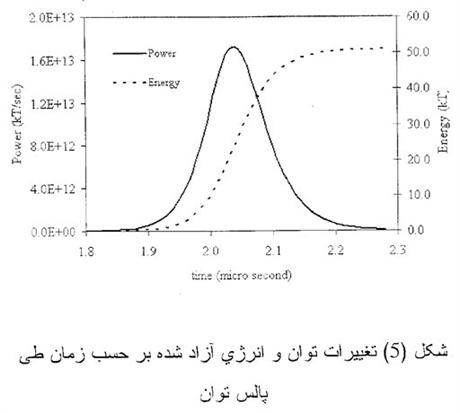AP Presents Shoddy Evidence From Dubious Sources as Proof of Iranian Weapons Program
AP claims a mysterious diagram leaked by "a country critical of Iran's atomic program" suggests Iranian bomb-making

An Associated Press report by a journalist with a reputation for speculative and misleading coverage of Iran’s nuclear program claims that a shoddy Iranian diagram, leaked by “a country critical of Iran’s atomic program” suggests the Islamic Republic is working on a nuclear weapon.
“The diagram was leaked by officials from a country critical of Iran’s atomic program to bolster their arguments that Iran’s nuclear program must be halted before it produces a weapon,” reports George Jahn. “The officials provided the diagram only on condition that they and their country not be named.”
Jahn provides anonymity to the leakers of the diagram, who even he admits are biased against Iran, not in order to protect them from punishment but to protect them from being held accountable to public scrutiny.
The diagram is proof of nothing except that Iranian nuclear scientists may be doing nuclear work and possess knowledge of the processes.
David Albright, of the Institute for Science and International Security, told Jahn “the diagram looks genuine but seems to be designed more ‘to understand the process’ than as part of a blueprint for an actual weapon in the making.”
That piece of the report, while included, is buried within the article and virtually invisible given the vastly greater emphasis Jahn puts on speculating that this diagram suggests Iran is working on a bomb.
The IAEA, US intelligence, and Israeli intelligence are in consensus that, while aspects of Iran’s nuclear program have progressed, the leadership has not yet made the decision to weaponize any of their nuclear material.
In fact, “senior Obama administration officials,” reported the Wall Street Journal recently, “say the 2007 National Intelligence Estimate” which found Iran had dismantled its weapons program in 2003 and had not restarted it, “remains accurate.”
Indeed, experts from across the spectrum have agreed with the military and intelligence consensus that Iran has no nuclear weapons program and presents no imminent threat.
An expanded program has helped put Iran within a realm of technical capability and know-how to develop a weapon quicker for deterrent purposes if it ever decides to do so – like, in the event of a unilateral US or Israeli attack. Both Washington and Tel Aviv have officially admitted this decision has not yet been made.
The IAEA and Israeli officials have openly acknowledged in recent weeks that Iran has been diverting significant portions of its enriched uranium for use in medical research for cancer treatment, a process that is irreversible and demonstrates Iran’s credibility in its consistent statements that its enrichment of uranium is not for weapons but for peaceful purposes.
The debate about a nuclear threat from Iran is mostly fabricated. Western leaders don’t much care about weapons proliferation per se: the real concern, Israeli Defense Minister Ehud Barak says, is allowing Iran to enter a “zone of immunity” wherein it can deter attack or invasion. The US and Israel, according to this thinking, must be able to bomb Iran without concern for retaliation.
Obama has refused to launch a military strike on Iran’s non-existent weapons program, but he has given in to Israeli pressure to impose economic warfare on Iran. After extremely severe economic sanctions on Iran’s oil and banking sectors, Iranian civilians are being subjected to high unemployment, rampant inflation and food shortages, and even dramatically less access to vital pharmaceuticals and medical treatment. Some estimate the sanctions could end up killing tens of thousands of Iranians.


